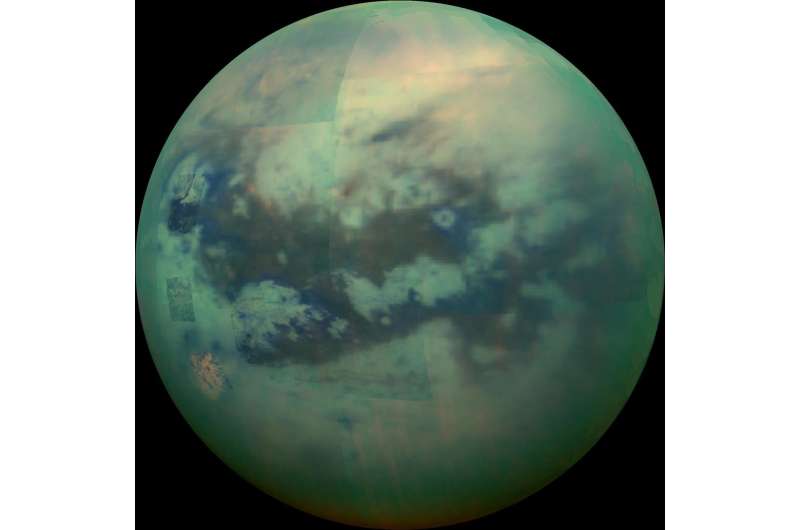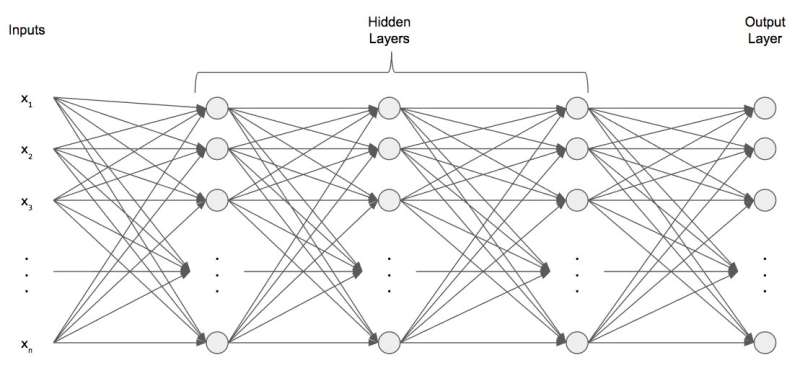Artificial intelligence helps to predict likelihood of life on other worlds

Developments in artificial intelligence may help us to predict the probability of life on other planets, according to new work by a team based at Plymouth University. The study uses artificial neural networks (ANNs) to classify planets into five types, estimating a probability of life in each case, which could be used in future interstellar exploration missions. The work is presented at the European Week of Astronomy and Space Science (EWASS) in Liverpool on 4 April by Mr Christopher Bishop.
Artificial neural networks are systems that attempt to replicate the way the human brain learns. They are one of the main tools used in machine learning, and are particularly good at identifying patterns that are too complex for a biological brain to process.
The team, based at the Centre for Robotics and Neural Systems at Plymouth University, have trained their network to classify planets into five different types, based on whether they are most like the present-day Earth, the early Earth, Mars, Venus or Saturn's moon Titan. All five of these objects are rocky bodies known to have atmospheres, and are among the most potentially habitable objects in our Solar System.
Mr Bishop comments, "We're currently interested in these ANNs for prioritising exploration for a hypothetical, intelligent, interstellar spacecraft scanning an exoplanet system at range."
He adds, "We're also looking at the use of large area, deployable, planar Fresnel antennas to get data back to Earth from an interstellar probe at large distances. This would be needed if the technology is used in robotic spacecraft in the future."

Atmospheric observations - known as spectra - of the five Solar System bodies are presented as inputs to the network, which is then asked to classify them in terms of the planetary type. As life is currently known only to exist on Earth, the classification uses a 'probability of life' metric which is based on the relatively well-understood atmospheric and orbital properties of the five target types.
Bishop has trained the network with over a hundred different spectral profiles, each with several hundred parameters that contribute to habitability. So far, the network performs well when presented with a test spectral profile that it hasn't seen before.
"Given the results so far, this method may prove to be extremely useful for categorising different types of exoplanets using results from ground-based and near Earth observatories" says Dr Angelo Cangelosi, the supervisor of the project.
The technique may also be ideally suited to selecting targets for future observations, given the increase in spectral detail expected from upcoming space missions such ESA's Ariel Space Mission and NASA's James Webb Space Telescope.
Provided by Royal Astronomical Society


















